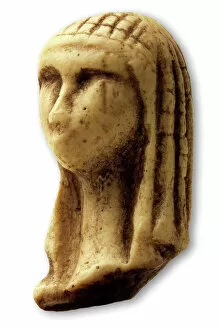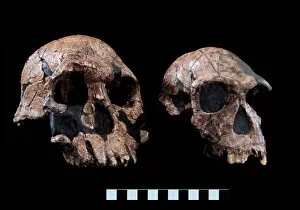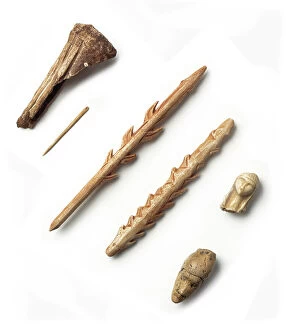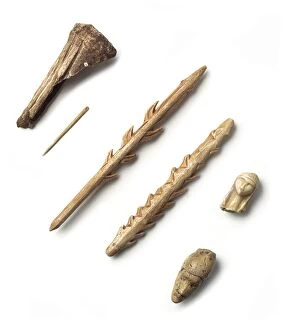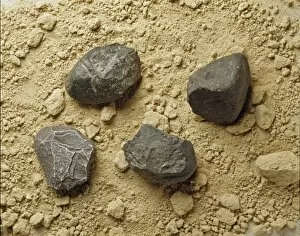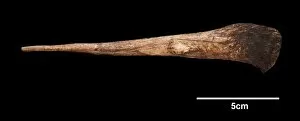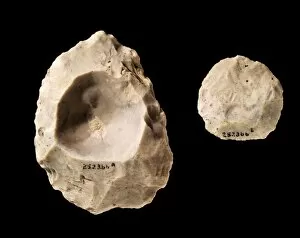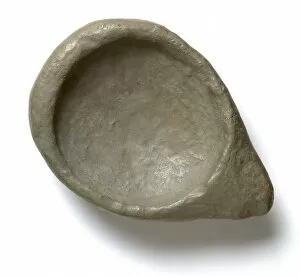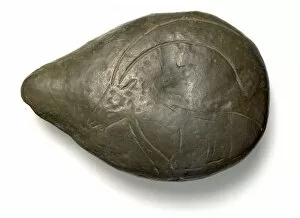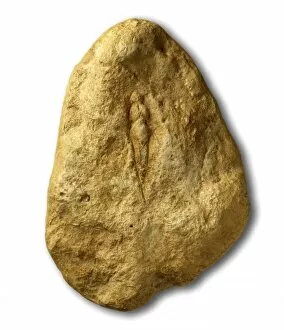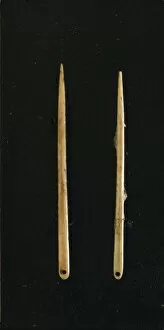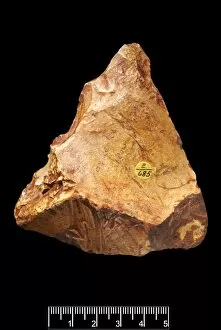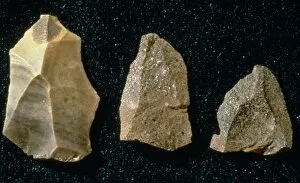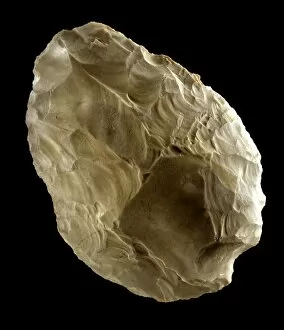Palaeolithic Era Collection
The Palaeolithic era, also known as the Old Stone Age, was a time of significant cultural and technological advancements. This period, spanning from around 2
All Professionally Made to Order for Quick Shipping
The Palaeolithic era, also known as the Old Stone Age, was a time of significant cultural and technological advancements. This period, spanning from around 2. 6 million years ago to about 10, 000 years ago, witnessed the emergence of early human species such as Homo rudolfensis (KNM-ER 1470) and Homo habilis (KNM-ER 1813). One of the remarkable artifacts from this era is the Venus of Brassempouy, a small ivory figurine depicting a woman's face. Dating back to approximately 25, 000 years ago, it showcases the artistic skills and creativity possessed by our ancient ancestors. The Upper Palaeolithic tools discovered from various sites provide insights into their tool-making abilities. These tools range in age from 18, 000 to 30, 000 years old and include horse-head engravings on bones as well as ivory and bone tools like C016/5026. Another notable aspect of this era is the existence of Mousterian tools which were used extensively by Neanderthals. These stone implements played a crucial role in hunting and gathering activities during that time. Carved artifacts found during excavations further demonstrate the craftsmanship prevalent in Upper Palaeolithic societies. Examples like C016/5307 showcase intricate carvings made on different materials. Acheulean hand axes (C016/4837) are another significant find from this period. These symmetrical stone tools were crafted with precision for cutting tasks or possibly even for defense purposes. Lighting sources also evolved during this time with discoveries like limestone lamps dating back to Magdalenian culture in France. The lamp featured detailed carvings or engravings that added aesthetic value while providing light. Homo neanderthalensis (Ferrassie 1) cranium cast sheds light on our close evolutionary relatives who coexisted with early humans during the Palaeolithic era.

